
Whether you’re aiming to capture attention in a crowded marketplace, nurture prospects into making a decision, or cultivate a base of fervent brand advocates, understanding the intricacies of the email marketing customer journey is your first step toward achieving lasting customer relationships and unparalleled brand loyalty.
Through personalized communication, strategic engagement, and targeted content, we will see how to deal with the challenges each stage of the email marketing customer journey faces. And with that unique opportunities to foster deeper connections with your audience, ensuring your brand stands out in a competitive landscape.
Table of Contents
What Are the Stages of the Email Marketing Customer Journey?
Awareness
In the awareness stage of the email marketing customer journey, the primary objective is to make potential customers aware of your brand and value proposition. This phase is foundational, as it sets the stage for how effectively you can move prospects through the subsequent stages of their journey.
Challenges in the Awareness Stage
One challenge in this stage is capturing the attention of your audience in a crowded and competitive digital environment. Prospects might encounter your brand through various channels, such as social media, Google searches, or website pop-ups, but getting them to engage further and provide their email address for future communications requires compelling incentives and content.
Another challenge is ensuring that your content resonates with your audience’s needs and interests. Since the awareness stage is often the first point of contact with potential customers, there’s a risk of sending messages that are too generic or fail to communicate the unique value of your brand.
Strategies to Overcome These Challenges
- Diverse Content Creation: Utilizing a variety of content types can help engage different segments of your audience. This includes creating infographics, videos, whitepapers, e-books, social media posts, newsletters, and webinars. Each content type serves a unique purpose, from providing deep dives into your products or industry (whitepapers and e-books) to offering quick, digestible insights.
Take a closer look at our academy if you are looking for ideas!
- Personalization and Segmentation: Tailoring your messaging to the specific interests and behaviors of your audience segments can significantly increase engagement. This involves using data to understand your audience better and segmenting your email list accordingly, so you can deliver more personalized and relevant content.
If you haven’t got a clear image of your customer persona here is a free template!
- Leverage Educational Content: Since the awareness stage is about informing potential customers about your brand and its offerings, educational content that addresses common questions or concerns related to your industry can be particularly effective.
- Focus on Value Proposition: Communicate your brand’s unique value proposition in your content and outreach efforts. Highlight how your products or services solve specific problems or improve the lives of your customers.
Consideration
During the consideration stage of an email marketing journey, individuals are actively assessing what you have to offer against the competition. This period is crucial as it involves potential customers who have a keen interest in your products or services but are also looking at what others have to offer.
Challenges in the Consideration Stage
A major hurdle here is to distinguish your offerings in a saturated market. Prospects are likely sifting through similar products or services, making it essential for your emails to clearly articulate the unique aspects and advantages of what you’re offering.
Moreover, effectively addressing queries and doubts is paramount. Prospects are in search of detailed insights to guide their decision-making process. Failing to provide thorough and convincing information might lead to waning interest or diminished trust in your brand.
Overcoming Consideration Stage Challenges
- Elaborate on Product Features and Advantages: It’s vital to provide a deep dive into what makes your offerings stand out. Utilize engaging visuals and narratives to make your case stronger and help prospects see the value in choosing you over others.
- Utilize Social Proof: Incorporating customer feedback, reviews, and testimonials can significantly enhance trust and credibility.
- Provide Comparative Insights: Offering guides that compare your products or services with competitors can be incredibly helpful for prospects trying to navigate their choices.
- Forge Genuine Connections: Personalizing your communication can make a significant difference. Demonstrating that you’re attentive and responsive to individual questions and needs can foster a sense of trust and reliability, making prospects more inclined to choose your brand.
- Support Their Research Effort: Given that many prospects turn to online research before making a decision, it’s essential to provide them with valuable content that addresses their queries and concerns once they subscribe to your emails.
Decision
In the decision stage of the email marketing journey, potential customers are on the cusp of making a purchase. They’ve considered their options, weighed the pros and cons, and are almost ready to choose. This stage is critical because it’s about turning interest and consideration into a commitment to buy.
Challenges in the Decision Stage
A primary challenge at this stage is overcoming any last-minute hesitations or objections. Even the most interested prospects might have lingering doubts that could prevent them from finalizing their purchase. These could be concerns about cost, product fit, or the value of the investment.
Another challenge is differentiating your final pitch in a way that resonates more strongly than those of your competitors. Prospects might be receiving similar messages from other companies, so it’s vital that your communication stands out and speaks directly to their needs and desires.
Strategies to Address These Challenges
- Exclusive Offers and Discounts: Sweetening the deal with a time-sensitive discount or exclusive offer can be the nudge that undecided prospects need to make a decision.
- Clear Call-to-Action: Your emails should have a clear, compelling CTA that makes it easy for prospects to take the next step. Whether it’s “Buy Now,” “Schedule a Demo,” or “Learn More,” the action should be straightforward and aligned with their journey.
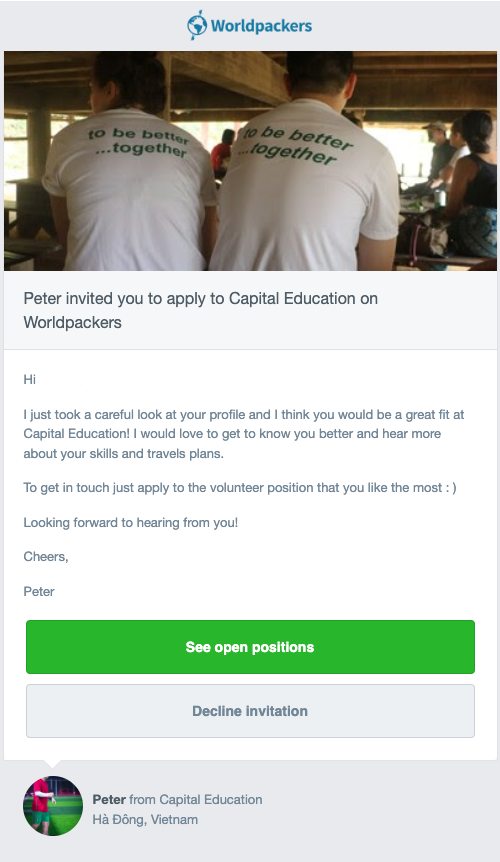
- Reassurance and Trust Building: Providing reassurance through guarantees, return policies, or customer support options can alleviate concerns about risk.
- Personalized Engagement: Tailoring your message to reflect the individual interests, previous interactions, or preferences of your prospects can make a significant impact. Personalization shows that you understand and value their specific needs, making them more likely to commit.
- Leverage Success Stories and Case Studies: Sharing success stories or case studies relevant to the prospect’s situation can help illustrate the potential benefits and outcomes of choosing your product or service.
Purchase
Once potential customers reach the purchase stage of the email marketing journey, they’ve decided to buy. This moment is crucial for solidifying their choice, ensuring a smooth transaction, and setting the tone for future interactions. It’s where careful nurturing turns into tangible success.
Challenges at the Purchase Stage
One of the main challenges here is to maintain the momentum of the decision stage. Even after deciding to buy, customers can experience friction or doubts that might deter them from completing the purchase. This could be due to unclear pricing, complicated checkout processes, or last-minute uncertainties about the product’s fit or value.
Another challenge is ensuring that the purchasing process is reassuring and affirms the customer’s decision. A lack of immediate confirmation or unclear next steps can lead to buyer’s remorse or second-guessing their choice.
Strategies to Navigate These Challenges
- Simplify the Buying Process: Streamline the checkout process to remove any potential barriers to purchase. This might include clear pricing, straightforward navigation, and multiple payment options to accommodate different preferences.
- Immediate Transaction Confirmation: Send an immediate confirmation email once the purchase is made. This should include a summary of the order, expected delivery times, and next steps.

- Post-Purchase Support and Engagement: Following up with emails that offer support, tips on getting the most out of the product, or access to customer service can enhance customer satisfaction.
- Personalized Thank-You Messages: Sending a personalized thank-you message can make customers feel appreciated and foster a sense of loyalty. It’s an opportunity to express gratitude for their business and reinforce a positive brand perception.
- Encourage Immediate Product Use and Feedback: Prompt customers to start using their purchase as soon as possible and provide feedback. This can help quickly address any issues and improve their overall experience, reducing the likelihood of returns or negative reviews.
Retention
Reaching the retention stage in the email marketing journey means your customers have made a purchase, and now the focus shifts to keeping them engaged and loyal to your brand. This phase is about nurturing the relationship to encourage repeat business and turn new customers into long-standing fans.
Challenges in the Retention Stage
A key challenge at this stage is maintaining interest and engagement over time. Customers may lose interest if they feel bombarded with irrelevant content or if there’s a lack of personalized communication that speaks to their specific interests and needs.
Another challenge is ensuring customers feel valued and not just another number. In an era where personalization and customer experience are paramount, generic messaging can lead to disengagement and a decline in brand loyalty.
Strategies to face these challenges
- Exclusive Offers and Loyalty Programs: Reward repeat customers with exclusive offers, early access to new products, or enrollment in a loyalty program.
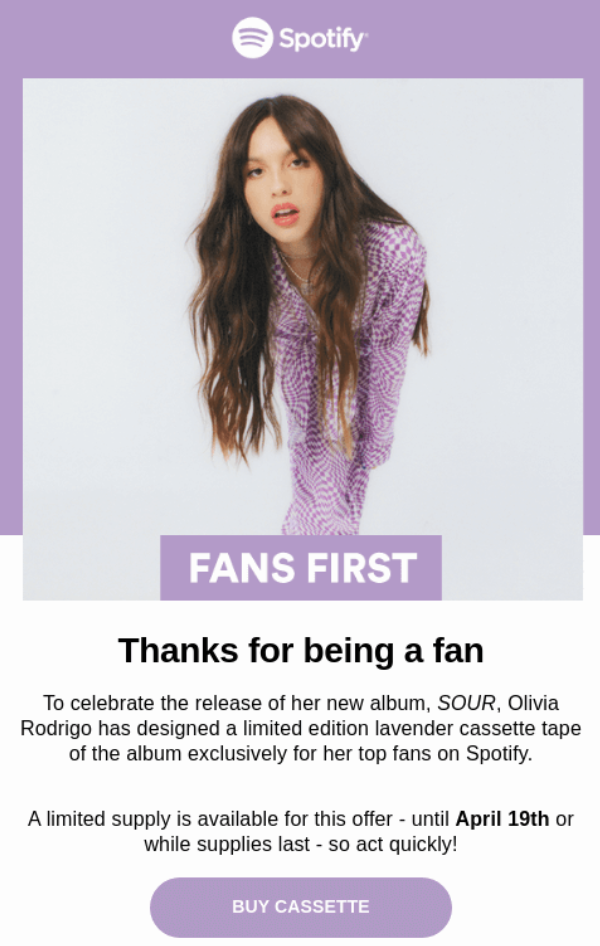
- Regular Engagement with Valuable Content: Keep in touch with your customers through regular, value-packed emails. This could include how-to guides, industry news, or updates that are relevant to their interests.
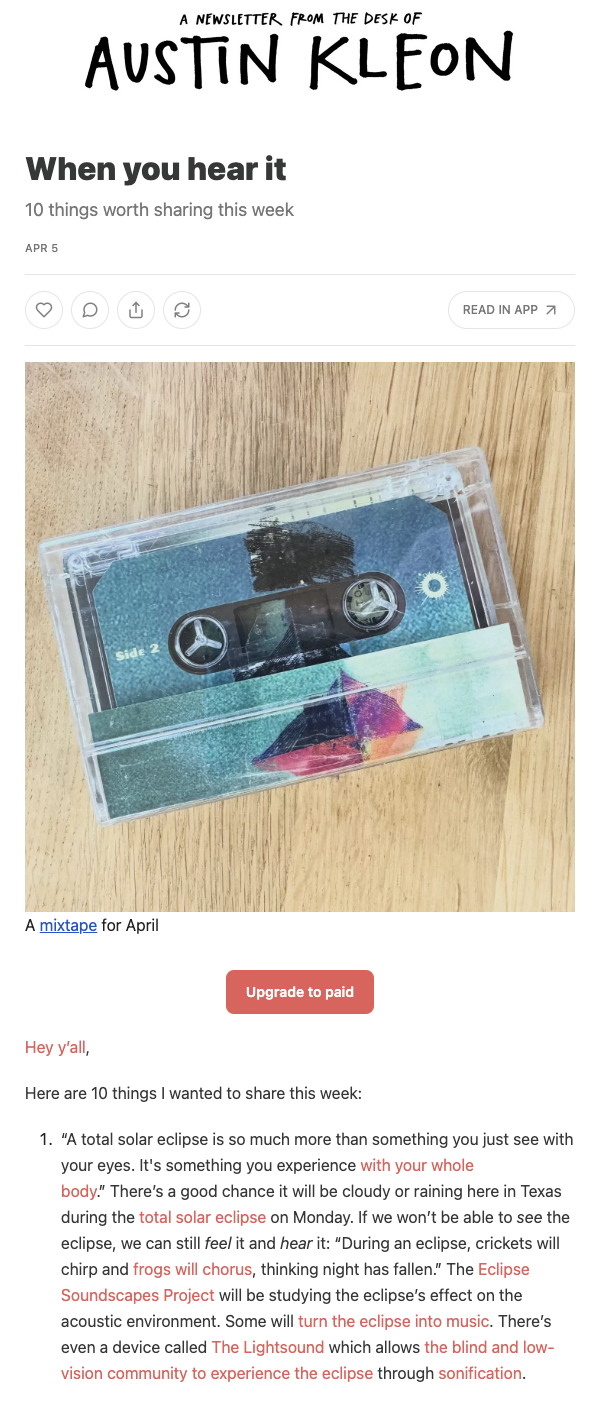
- Re-engagement Campaigns for Inactive Customers: Identify customers who haven’t made a purchase in a while and target them with re-engagement campaigns. These campaigns can include special offers or messages that remind them of the value your brand offers.
Loyalty
In the loyalty stage of the email marketing journey, the focus is on deepening the relationship with customers who have repeatedly purchased from or engaged with your brand. This phase is about rewarding their loyalty, encouraging continued engagement, and leveraging their satisfaction to foster brand advocacy.
Challenges in the Loyalty Stage
Maintaining ongoing interest and providing value to long-term customers can be challenging. Over time, even the most loyal customers may become less engaged if they feel that the content is becoming repetitive or that there’s a lack of new incentives to keep them interested.
Another challenge is ensuring that loyalty programs and rewards feel genuinely valuable and not just like token gestures. Customers are savvy and can distinguish between genuine appreciation and superficial attempts to retain their business.
Strategies to Cultivate Loyalty
- Create a Tiered Loyalty Program: Implement a loyalty program that rewards customers based on their level of engagement or purchase history.
- Celebrate Milestones: Recognize and celebrate milestones in the customer’s journey with your brand. This could be an anniversary of their first purchase or a congratulatory message for a certain number of purchases.
- Solicit and Showcase Customer Feedback: Encourage loyal customers to share their experiences and feedback. Featuring customer stories in your emails or on your website not only provides social proof but also makes customers feel like an integral part of your brand’s community.
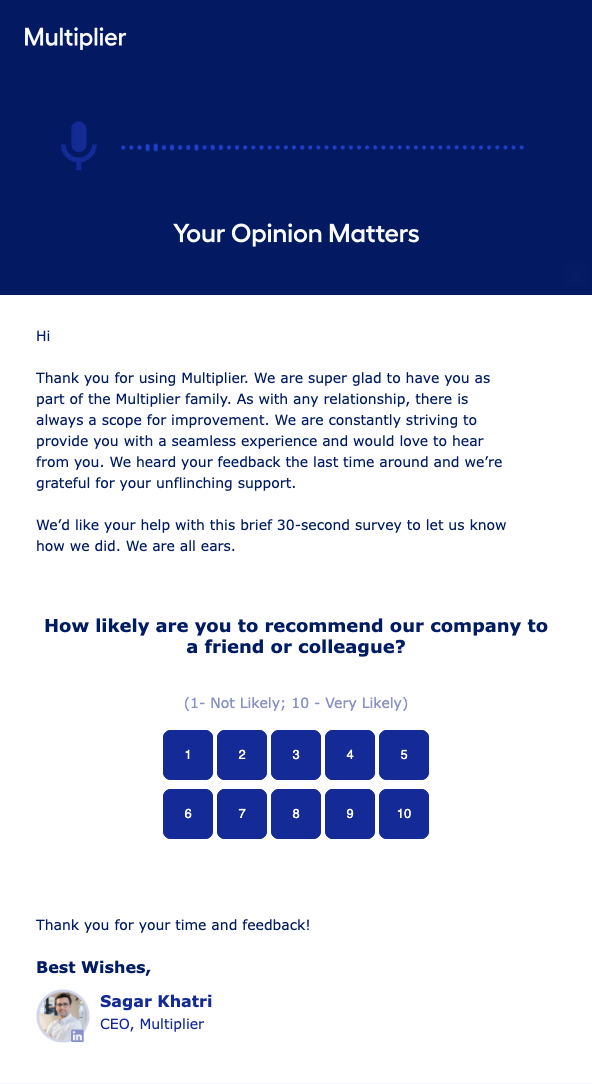
Which Metrics Should I Take Into Account?
For an effective email marketing strategy, monitoring key metrics helps you understand how well your campaigns are performing and where there’s room for improvement. Here are the essential metrics to track:
- Open Rate: This metric tells you the percentage of recipients who opened your email.
- Click-Through Rate: CTR measures the percentage of email recipients who clicked on one or more links contained in your email.
- Conversion Rate: This is the percentage of email recipients who clicked on a link within the email and completed a desired action, such as making a purchase or signing up for a webinar.
- Bounce Rate: Bounce rate refers to the percentage of your emails that could not be delivered to the recipient’s inbox. There are two types of bounces to track: soft bounces and hard bounces.
- Unsubscribe Rate: This metric shows the percentage of recipients who opted out of your email list after receiving an email. While it’s natural to have some unsubscribes, a high rate can indicate issues with your content or frequency of emails.
- List Growth Rate: This measures how quickly your email list is growing. Keep track of new subscriptions minus unsubscribes and email bounces to understand how your list evolves.
- Forwarding Rate: This indicates the percentage of recipients who clicked on a “share” or “forward” button. It’s a good measure of how engaging and valuable your content is to your audience.
- Overall ROI: Calculate the overall return on your email marketing efforts by comparing the revenue generated from email campaigns against the cost of running them.
Wanna Go the Extra Mile? – Try This
Pathmonk Accelerate enhances the email marketing customer journey through its AI-driven capabilities, offering a sophisticated approach to engaging with your audience at various stages. Here’s how it can significantly impact your strategy:
- Automated Lead Generation
It analyzes visitor behavior to predict the most opportune moments for engagement, such as presenting calls-to-action, personalized messages, or prompts.
- Predictive Lead Scoring
The tool uses AI algorithms for predictive lead scoring, assessing leads based on their conversion likelihood and prioritizing them for your marketing efforts. By analyzing past interactions, demographic information, and behavioral data, it identifies high-quality leads.
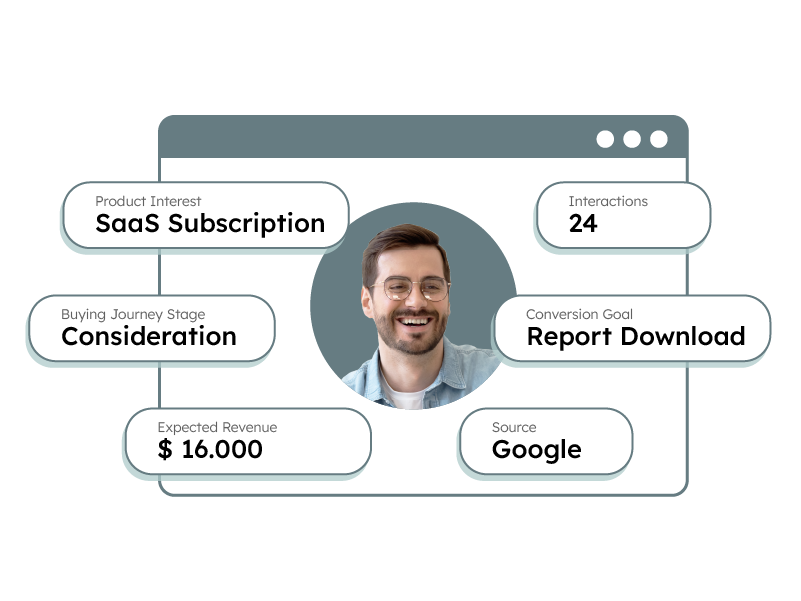
- Personalized Content Recommendation Engines
This is particularly useful for nurturing leads through the marketing funnel by delivering targeted content that resonates with potential customers’ specific interests and needs.
- Enhancing Lead Nurturing with AI
AI algorithms determine the best time to send emails based on when a lead is most likely to engage, thereby increasing open and click-through rates.
Increase +180%
leads
demos
sales
bookings
from your website with AI
Get more conversions from your existing website traffic delivering personalized experiences.

Key Takeaways
- Awareness: Capture interest by sharing varied and engaging content that introduces your brand effectively and highlights your value proposition.
- Consideration: Build trust and demonstrate your edge over competitors through customized emails, detailed explanations of your products or services, and showcasing user experiences.
- Decision: Motivate prospects to purchase with compelling calls to action, exclusive deals, and personalized outreach to address any lingering doubts.
- Purchase: Ensure a frictionless buying experience with straightforward processes, immediate confirmations, and supportive follow-up content to affirm their choice.
- Retention: Keep customers coming back by sending tailored content, recognizing their preferences, and offering exclusive rewards or insights.
- Loyalty: Strengthen relationships with customers who frequently engage or buy, offering them unique perks, appreciating their milestones, and making them feel like an integral part of your brand community.





